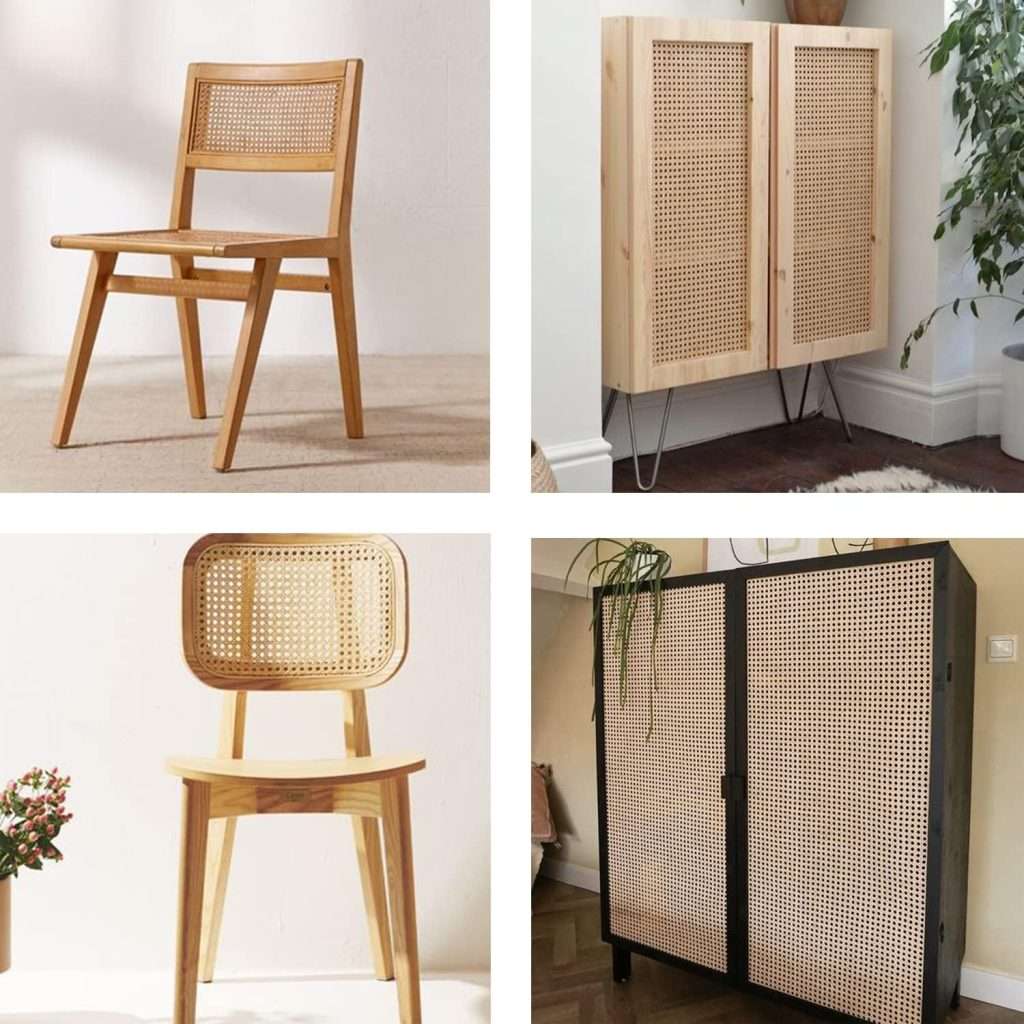As a beginner, learning to weave cane is one of the most satisfying and versatile crafts you can try. This ancient art combines function and design in such a way that it enables anyone, even a prospective craftsman, to make exquisite and useful household items. Knowing the best cane weaving techniques for beginners will enable you to create beautiful pieces from raw material, be it restoring an antique chair, fabricating a decorative cabinet backdrop, or designing a bespoke wall panel.
The team at CaneWeavingSupplies never tires of helping novices to step into the world of crafting cane with the right guidance, premium materials, and solid fundamentals. We have witnessed countless first time crafters embrace the love of cane weaving and in this guide, we will take you through some of the easiest techniques to begin with, supplemented by some pro pointers to nail that first project.
Reasons Why Cane Weaving is Gaining Popularity Amongst Beginners
For an array of reasons, cane weaving has risen to fame as a starter craft. Ample space and costly tools are not prerequisites. With some quality cane webbing or rattan, alongside a couple basic tools and a dash of perseverance, functional projects can be completed within weekends.
Furthermore, the satisfaction that cane weaving provides is unparalleled. Unlike most DIY activities that only provide temporary satisfaction, cane weaving is rewarding on multiple fronts. Not only does it allow one to beautify the house with carefully crafted décor and furniture pieces, but it also teaches a skill that is culturally rich and of practical use.
Natural materials that can be used for cane weaving include the outer skin of the rattan vine, which is both easy to work with and durable. Cane is flexible, making it ideal for weaving breathable, stylish, and strong pieces.

Most Notable Beginner-Friendly Cane Weaving Techniques
A wide array of tools and styles might seem overwhelming, but if you are a beginner, focus on these reliable techniques. They are simple yet effective for beginners, and they set a solid base for more intricate designs and pieces in the future.
- Six-Way Pattern (Traditional Webbing)
This is the most well-known technique in cane weaving and the one typically applied to antique chair seats and backs. It involves weaving cane in six directions: up and down, side to side, and diagonally both directions. While this may sound complex, this method is very systematic and is simple to master with practice.
For this, you will need a chair or a frame that has been pre-drilled, some strand cane, and caning pegs. Focused approaches will allow you to perfect even tension throughout your work, so this style is great for honing these skills. Check out our beginner kits at CaneWeavingSupplies that feature all tools needed to learn this classic pattern.
- Sheet Cane Webbing Installation
If you are looking for a faster option and a more contemporary feel, sheet pre-woven cane webbing is the perfect alternative. Unlike traditional weaving, this technique is more about fitting and finishing which makes it preferred by new DIYERS.
Simply soak your sheet cane in warm water so that it becomes flexible and fit it to routed grooves on furniture panels. Spline and glue hold it securely, then the trim is removed and set aside to dry. This method is effective on cabinet doors, drawer fronts, and chair backs.
- Simple Over-Under Weave (Basket Weave)
This method employs flat reed or cane strips in an over/under manner, akin to a basket weave. It works well for decorative panels, storage boxes, and even placemats. One can begin with a wooden frame and execute a basic square weave using wide cane strips.
The charm of this technique is its elegance. You will learn quickly how to control the tension, spacing, and finishing edges. This method tends to be forgiving and rewarding, and for beginners, offers immediate, satisfying results.
- Diagonal Twill Weave
This technique is intermediate level, but with some practice, most beginners will find it accessible. It still uses the over/under method of basket weave, but now it turns to a diagonal direction. It is great for trays, drawer liners, or decorative dividers.
Twill patterns add a new level of complexity while offering visual appeal. With the right materials, such as flat oval reed or binding cane, striking and durable designs are easily within reach.
- Woven Open Weaves
For modern styling, open shapes such as hexagon or starburst weave patterns provide a unique texture while allowing greater light passage. Although less structural than six-way or twill, these open weaves are wonderful for headboards, lighting fixtures, or sculptural artworks. Tutorials and supplies for these can be found at CaneWeavingSupplies, which helps customers coordinate their designs with appropriate types of cane.
Basic Tools and Supplies for Beginners
Cane weaving is not highly tool-intensive; however, having the right basic equipment will greatly enhance the experience of completing your first project. As noted, CaneWeavingSupplies offers starting bundles that comprise:
– Strand cane or pre-woven sheets based on the project type
– Caning pegs for securing strands while weaving
– Spline and glue for installing sheet cane
– A splitting knife or packing tool for strand placement
– Soaking trays for flexible cane prep
As outlined, description guides and support are offered for each item at the shop. In case the selection becomes too difficult, those unsure of what to settle on will be served based on project scope, design, and expertise level.
Began Your Weaving Journey with Confidence
At CaneWeavingSupplies, we understand that each novice who steps into the world of crafting has the creativity to develop into an exceptional master craftsman. Hence, we are devoted to offering the most effective materials and tools, along with information, to help you. From restoring an old chair to sculpting your first self-made masterpiece, we make sure that every beginner is accompanied step by step along the best methods of cane weaving.

